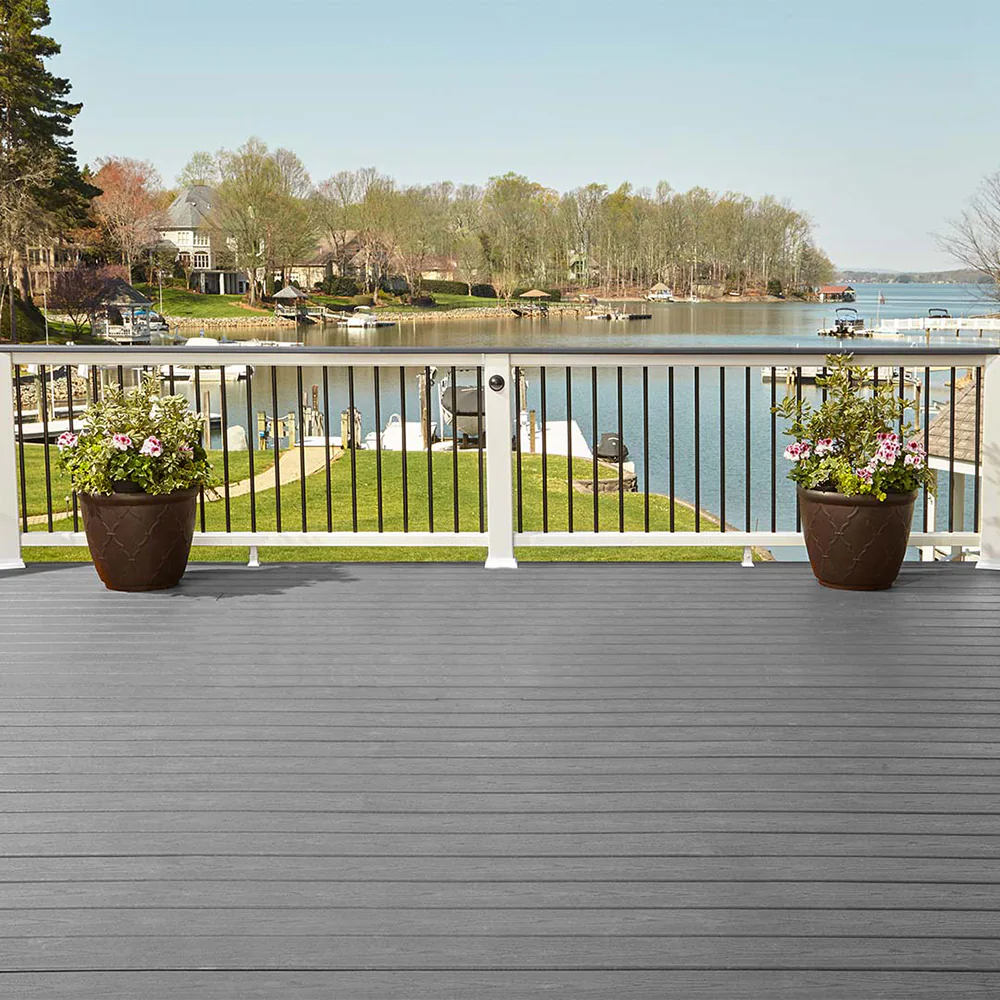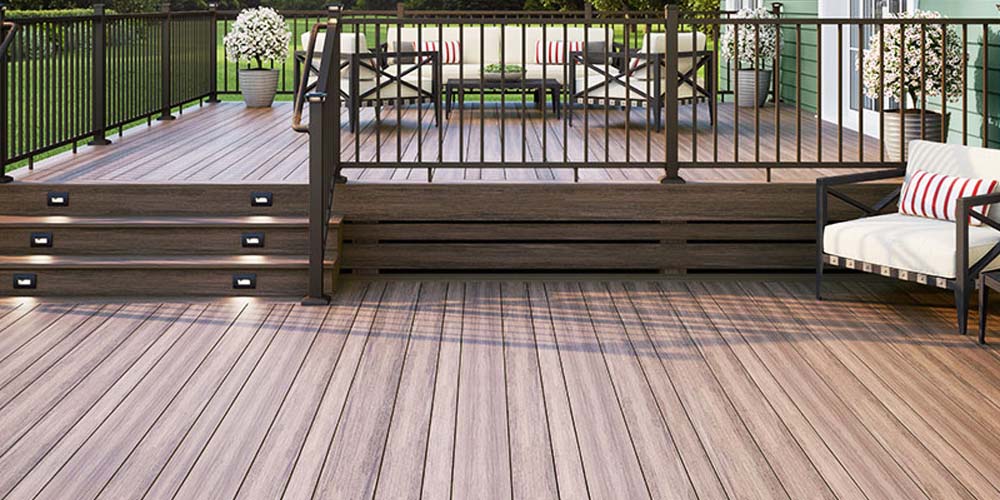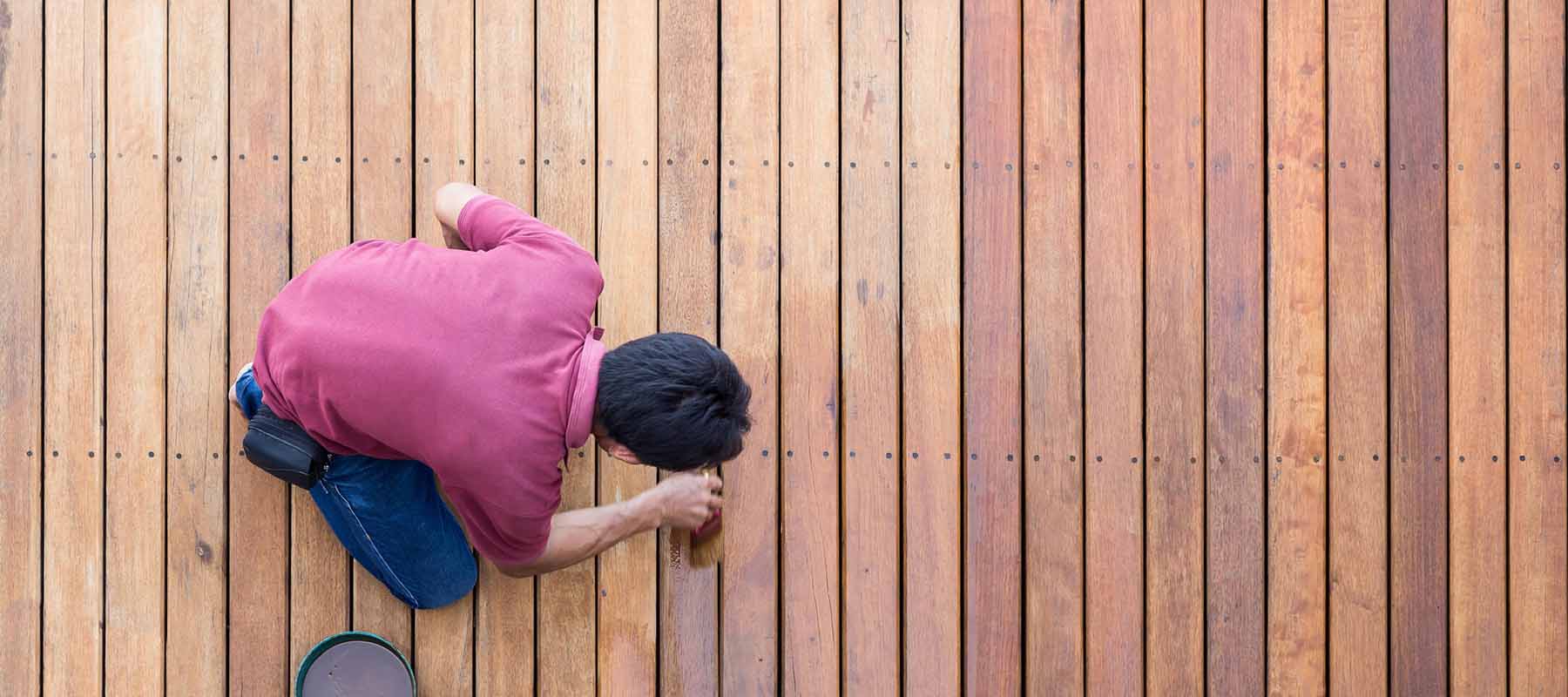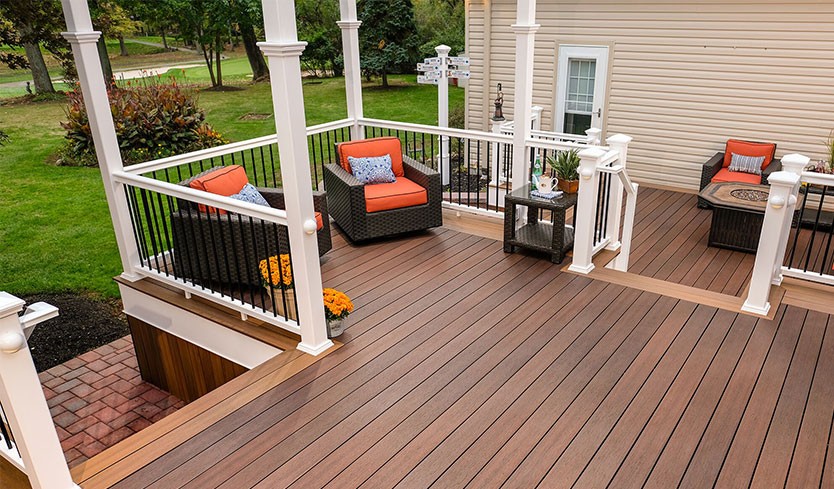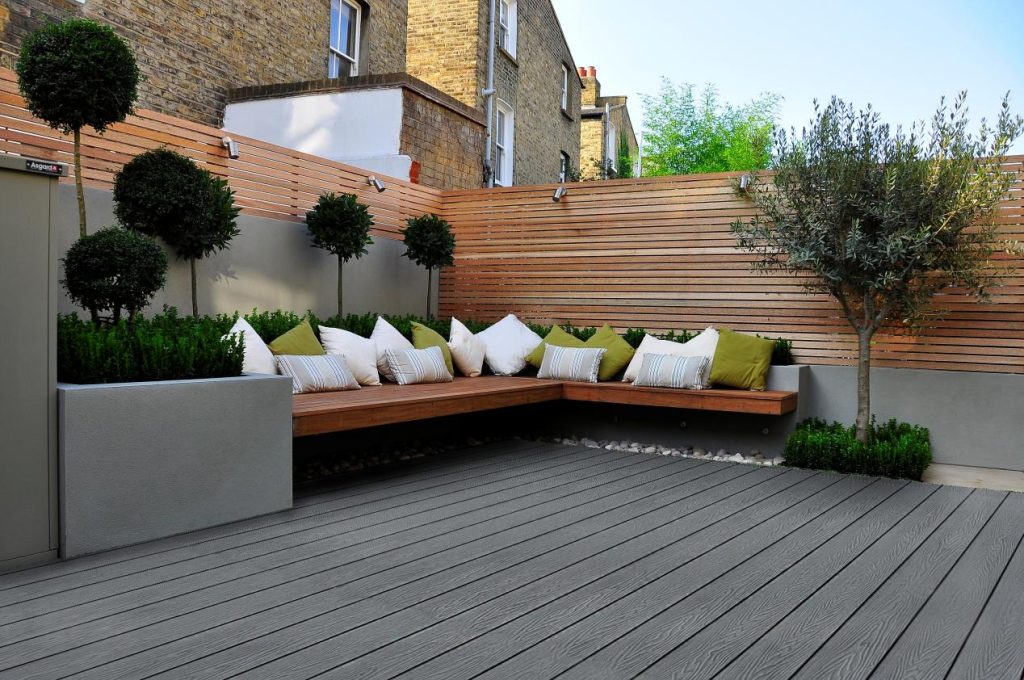
In the realm of construction and outdoor projects, the choice between plastic wood and treated wood carries profound implications. Each material comes with unique attributes that can significantly influence the overall outcome of a project. Let’s delve deeper into the key differences between these two options and uncover why plastic wood is rapidly gaining traction in the construction arena.
1. Reduced Material Loss with Plastic Wood Profiles
In comparable construction scenarios, wood plastic composite stands out for its remarkably lower material loss in comparison to treated wood. Wood plastic composite is meticulously fashioned into profiles that precisely match the dimensions required for a variety of indoor and outdoor projects. Conversely, treated wood often adheres to fixed lengths, usually 2 meters, 3 meters, or 4 meters. This adaptability in sizing not only minimizes waste but also optimizes material utilization, underscoring wood plastic composite’s efficiency as a sustainable choice.
2. Optimal Material Utilization with Wood Plastic Composite
For instance, consider outdoor flooring: while conventional wood demands a thickness of around 45mm to ensure sufficient strength, wood plastic achieves the same structural robustness with a mere 25mm thickness. This significant reduction in material thickness translates into exceptional resource efficiency. To put it in perspective, using 1 cubic meter of traditional wood could be effectively replaced with approximately 0.5 cubic meters of wood plastic.
3. Enhanced Safety and Convenience with Wood Plastic
Wood plastic composites offer an elevated level of safety compared to treated wood. One significant safety aspect lies in the fact that wood plastic composites eliminate the need for painting or oiling, a contrast to the requirements of treated wood. This absence of additional treatments not only enhances convenience but also minimizes potential exposure to harmful chemicals often present in wood treatments, making wood plastic composites a safer choice for various applications.
4. Innovative Hollow Design for Material Savings
Plastic wood’s adaptability is further showcased through its innovative hollow profile designs. This attribute, reminiscent of the success of aluminum alloy doors and windows, conserves materials while upholding structural integrity. Although not as lightweight as aluminum alloy, the hollow construction of plastic wood effectively reduces weight without compromising on durability—a feat that remains unattainable with preservative wood.
5. Effortless Surface Maintenance with Plastic Wood
Plastic wood sets itself apart by eliminating the need for surface painting or protective coatings post-construction, a requirement often associated with preservative wood. While preservative wood typically necessitates post-construction painting to shield against environmental elements, wood plastic composite products’s inherent properties negate the necessity for such treatments. This not only translates to time and cost savings but also contributes to a hassle-free maintenance experience.
6. The Assurance of Maintenance-Free Plastic Wood
The toll of environmental factors, including temperature fluctuations and UV radiation, often demands maintenance for preservative wood within a year of installation. In contrast, plastic wood’s resilience against these elements renders it virtually maintenance-free. Over time, this translates into substantial cost savings, as plastic wood requires significantly less attention compared to its preservative wood counterpart.
7. Extended Lifespan of Plastic Wood
One of the most remarkable features of wood plastic is its exceptional longevity, outstripping that of preservative wood by an impressive 8-9 times. While most plastic wood warranties span 15-25 years, certain data even suggests that its practical lifespan could extend up to an astonishing 40-80 years, a testament to its unwavering durability and strength.
8. Embracing Sustainability with Recyclable WPC Products
Opting for wood plastic composites (WPCs) underscores an eco-conscious choice, as these materials can be recycled after their intended use. By facilitating continuous recycling, WPCs contribute to resource conservation, aligning harmoniously with the principles of environmental protection, low-carbon practices, and economic sustainability.
In the ever-evolving landscape of construction materials, the distinct advantages of wood plastic are unequivocal. From resource efficiency and reduced maintenance to an extended lifespan and environmental friendliness, plastic wood emerges as a compelling option for modern projects, embodying innovation, sustainability, and enduring quality. As the construction industry increasingly embraces eco-awareness, the rise of plastic wood is a testament to its ability to harmonize practicality with environmental responsibility.
